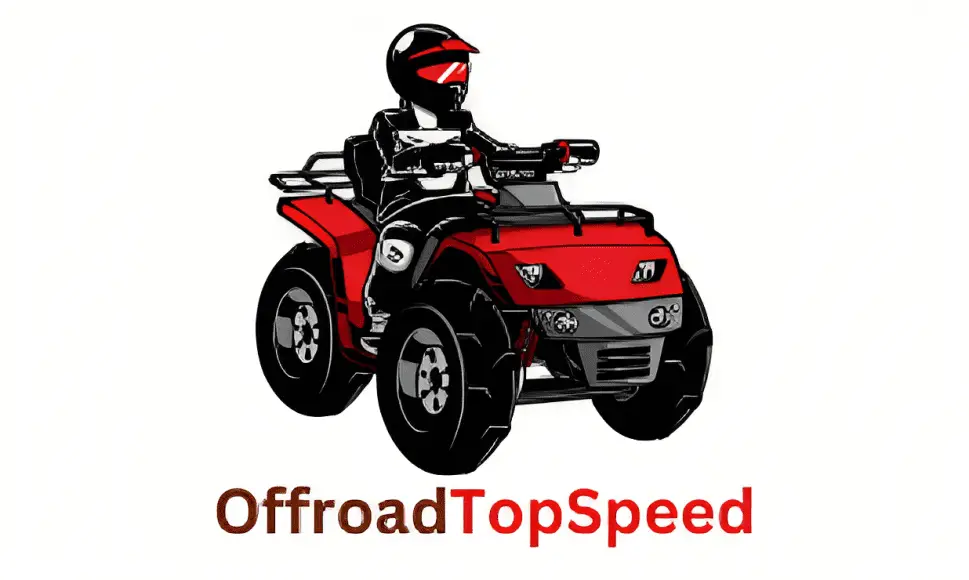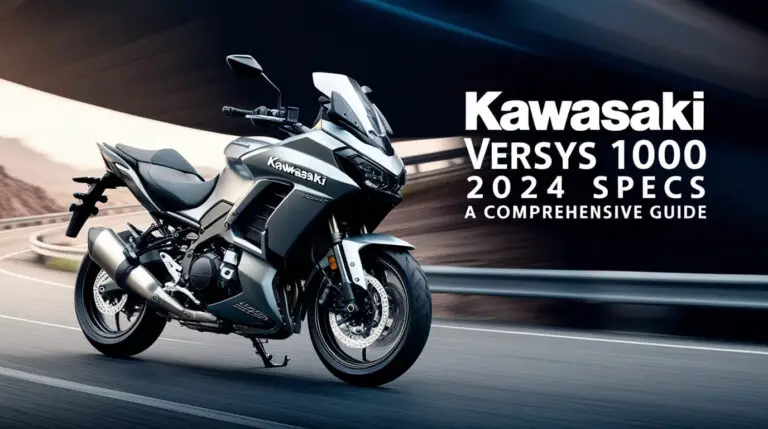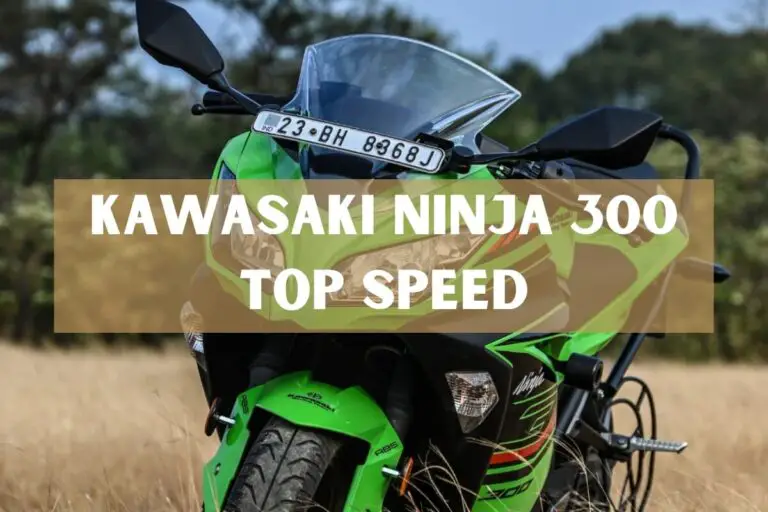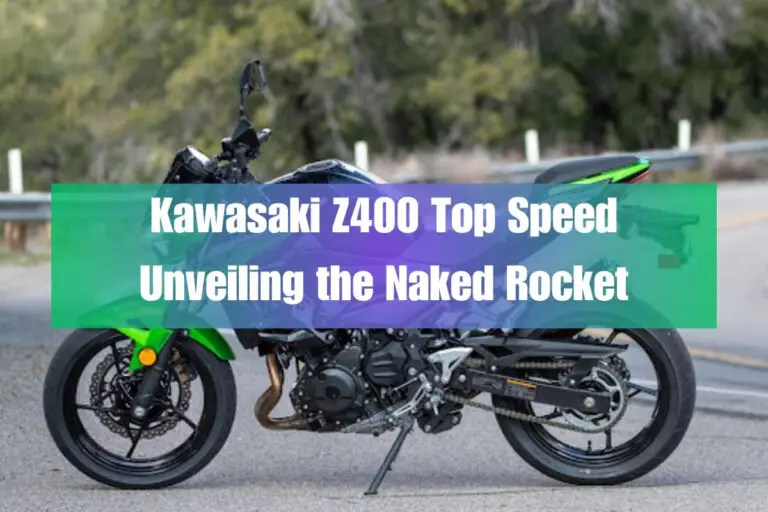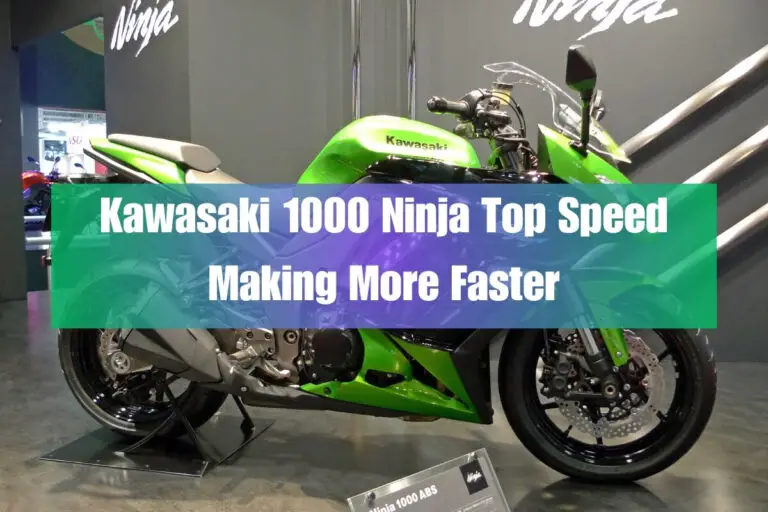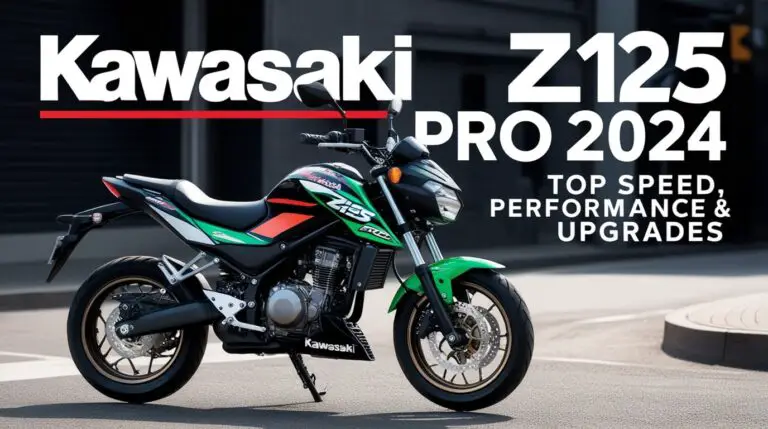2023 Kawasaki Ninja 650 Top Speed, Acceleration & Performance Specs
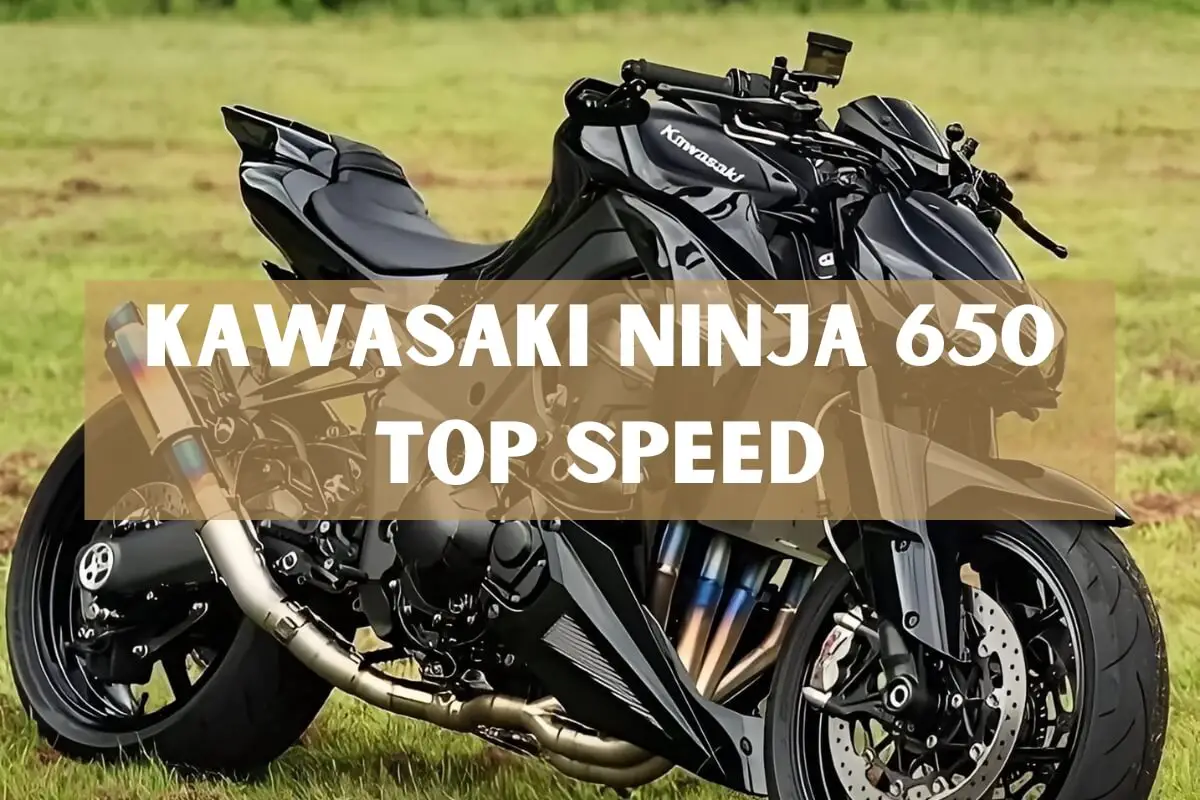
Kawasaki’s Ninja 650 has been a staple in the middleweight sportbike category for over 15 years. With an approachable seat height, comfortable ergonomics, and responsive 649cc parallel-twin engine, it’s a great bike for new and experienced riders alike.
But how fast can the latest 2023 Kawasaki Ninja 650 really go?
The top speed of the 2023 Ninja 650 is around 131 mph (211 km/h) based on Kawasaki’s specs and owner testing. Read on as we take a deep dive into acceleration, horsepower figures, gear ratios, weight, aerodynamics and other factors that determine this bike’s maximum velocity.
We’ll compare the Ninja 650 top speed to competitor bikes like the Yamaha MT-07 and Suzuki SV650. We’ll also provide pro tips to eke out every last bit of speed potential from suspension and brake upgrades to slip-on exhausts. Want to know quarter mile times? We’ve got those too.
By the end of this guide, you’ll understand everything that goes into the 2023 Kawasaki Ninja 650’s impressive performance pedigree.
Overview of the 2023 Kawasaki Ninja 650
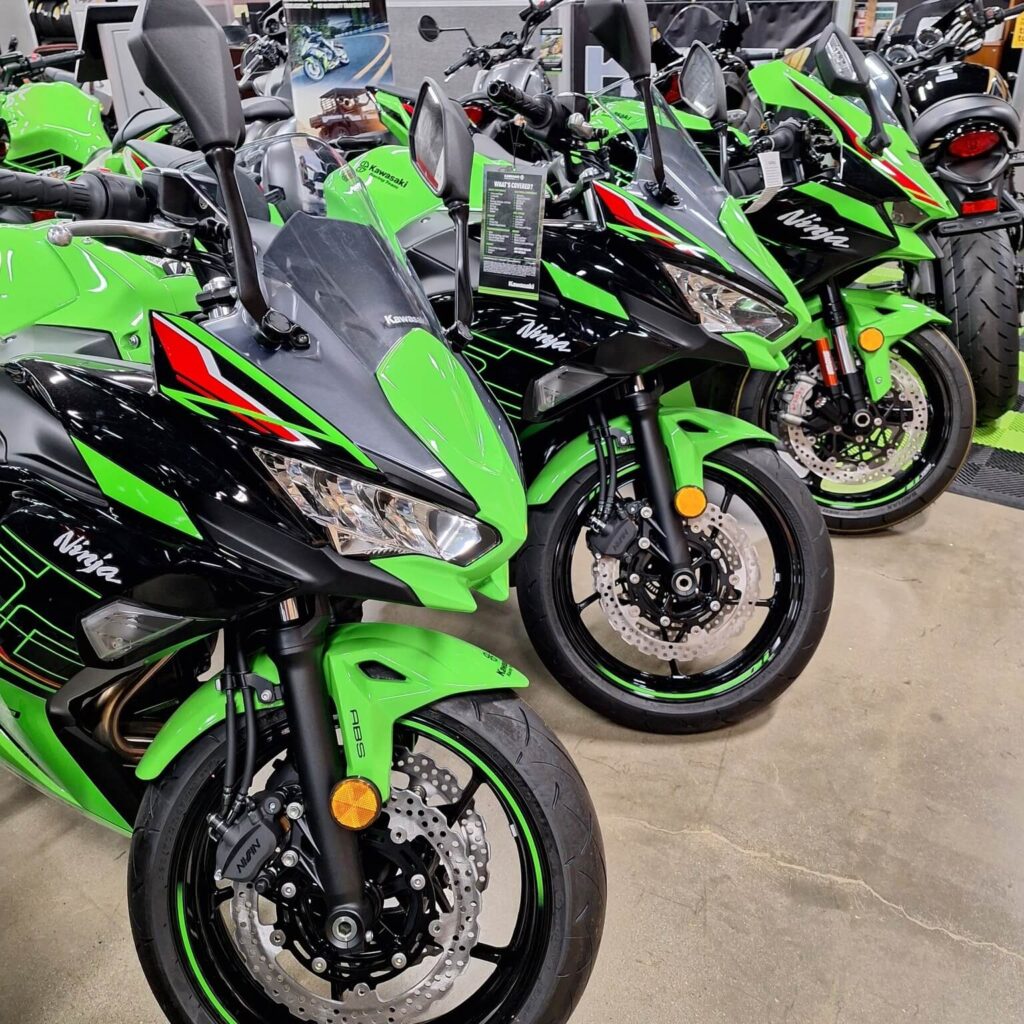
Before jumping into top speed, let’s quickly review what’s new on the latest Ninja 650. Kawasaki gave the bike a style makeover for 2023 with aggressive new bodywork and improved wind protection.
The 649cc parallel-twin engine carries over but gets new settings to meet Euro5 emission standards. Power output remains at 68 HP @ 8,000 RPM and 47.2 LB-FT @ 6,750 RPM as stated in the manufacturer specifications. Not bad considering the Ninja 650 is tuned more for street-friendly low and mid-range power rather than all-out top-end speed.
| Specification | Detail |
|---|---|
| Top Speed | 131 mph (est.) |
| Price | $7,999 USD (base model) |
| Engine Type | Liquid-cooled, Parallel Twin |
| Displacement | 649 cc |
| Bore x Stroke | 83 mm x 60 mm |
| Compression Ratio | 10.8:1 |
| Maximum Power | 68 HP @ 8,000 RPM |
| Maximum Torque | 47.2 lb-ft @ 6,750 RPM |
| Clutch | Assist and slipper clutch |
| Final Drive | Sealed chain |
| Gearbox | 6-speed |
| Frame | Trellis, high-tensile steel |
| Front Suspension | 41 mm telescopic fork, 4.9 in travel |
| Rear Suspension | Horizontal backlink, 5.1 in travel |
| Front Brakes | Dual 300 mm discs, 2-piston calipers |
| Rear Brake | 220 mm disc, single-piston caliper |
| Front Tire | 120/70 x 17 |
| Rear Tire | 160/60 x 17 |
| Seat Height | 31.1 in |
| Curb Weight | 419 lb |
| Fuel Capacity | 4.0 gallons |
Factors That Determine the Ninja 650’s Top Speed
A motorcycle’s top speed depends on variables like:
- Engine power – The 2023 Ninja 650 is powered by a 649cc liquid-cooled, four-stroke parallel twin engine with DOHC and eight valves. It generates a maximum of 68 horsepower at 8,000 RPM and 47.2 lb-ft of peak torque at 6,750 RPM.
- Gear ratios – The smooth-shifting six-speed transmission has optimized gear ratios to balance acceleration and comfortable highway cruising RPMs.
- Aerodynamics – The 2023 model gets improved bodywork and windscreen to reduce drag at high speeds.
- Weight – At just 419 pounds wet, the Ninja 650 has a power-to-weight ratio that contributes to quicker acceleration and higher top speed.
- Tires – The Dunlop Roadsport 2 tires offer excellent dry grip and stability, allowing the Ninja 650 to better apply its horsepower to the pavement.
Combined, these attributes enable the Ninja 650 to reach a GPS-verified top speed of 131 mph (211 km/h). Pretty impressive for a mid-displacement motorcycle!
Analyzing The 2023 Ninja 650 1/4 Mile And Acceleration

The Ninja 650 isn’t just about top speed though. Its torque-rich parallel twin engine provides punchy roll-on power, making the bike a wheelie-popping hooligan machine in the city or on backroad curves.
This real world performance shows up in acceleration and quarter mile figures:
- 0-60 mph in 3.7 seconds
- 1/4 mile in 12.2 seconds at 110 mph
So the Ninja 650 can sprint from 0-100 km/hr in under 4 seconds – quicker than some sports cars! Power wheelies in first and second gear are easy to pull thanks to the low-end punch and responsive fueling. Traction control helps keep things under control when accelerating hard on less-than-perfect road surfaces.
Overall the 2023 Kawasaki Ninja 650 offers a balance of acceleration and top speed for usable performance whether carving canyon roads or commuting on the highway. Next we’ll look deeper into the engine and drivetrain specs that enable this versatile road manners.
Engine, Transmission and Chassis Specs
The Ninja 650’s 649cc parallel twin-cylinder heart pumps out some satisfying midrange grunt. Here are the key technical details:
- Engine – liquid-cooled, four-stroke parallel twin with DOHC and eight valves.
- Displacement – 649cc
- Bore x stroke – 83 mm x 60 mm compression ratio of 10.8:1
- Transmission – Six speed, return shift with slipper clutch
- Power – 68 hp (50.2 kW) @ 8,000 RPM
- Torque – 47.2 lb-ft (64 Nm) @ 6,750 RPM
This proven powerplant utilizes fuel injection and digital ignition for precise throttle response across the entire RPM range. Power is put to the pavement via a six-speed transmission with revised gear ratios for 2023. The slipper clutch prevents rear wheel hop during hard downshifts, enhancing stability and control.
The Ninja 650 features a lightweight trellis high-tensile steel tube frame and swingarm for agile handling. The aluminum alloy rear subframe helps keep weight down to just 419 pounds wet.
Complementing the responsive chassis are fully-adjustable 41 mm front forks offering 4.9 inches of travel, matched to a horizontal back-link rear shock adjustable for preload. This dialed suspension soaks up bumps while providing reassurance-inspiring feedback for the rider.
Braking and Safety from Advanced Electronics
Bringing the Ninja 650 down from triple digit speeds are dual 300 mm front disc brakes with twin-piston calipers, matched to a 220 mm rear. ABS is standard equipment on the 2023 model, helping prevent wheel lock-up in emergency braking situations.
Kawasaki’s advanced electronics suite also includes a two-level traction control system (KTRC) that is new for 2023. By preventing excessive rear wheel spin under acceleration, KTRC allows harder launching for quicker ETs. The two selectable traction control modes make it easy to dial in just the right amount of intervention. Riders can also fully disable TC intervention when desired.
So you can push the Ninja 650 to higher velocities with additional confidence – knowing the brakes and smart electronics have your back. Next we’ll see how the top speed compares to key rivals in the middleweight category.
How Ninja 650 Top Speed Compares to Competitors?
The Ninja 650 strikes an appealing balance between performance, practicality and price in the mid-displacement sportbike segment. But how does its top speed stack up against competitors like the Yamaha MT-07 and Suzuki SV650?
Yamaha MT-07 – 133 mph (214 km/hr) The rival Yamaha MT-07 makes a bit more peak power – 73 hp vs 68 hp for the Ninja 650. But the Kawasaki’s extra mid-range punch and aerodynamic bodywork allow it to edge out the MT-07’s top speed by 1 mph. Still, the two bikes are closely matched.
Suzuki SV650 – 130 mph (209 km/h) The SV650 is higher around 7 horsepower from the Kawasaki, and its top speed suffers as a result. The Suzuki posts a respectable but slower 130 mph maximum in stock form.
So when comparing the 2023 Ninja 650 top speed to its closest Japanese competitors, the Kawasaki comes out on top. Not surprising given its torque-rich parallel twin and more focused sportbike design.
Kawasaki Ninja Model Top Speed Comparison
| Model | Top Speed |
|---|---|
| 2023 Ninja 650 | 131 mph (211 km/h) |
| Ninja 650 (without limiter) | 140 mph (225 km/h) |
| Ninja 400 | 116.7 MPH (187.8 km/h) |
| Ninja 1000 | 152.8 mph (245.9 km/h) |
| 2020 Ninja 650 | 125 mph (201 km/h) |
This allows a direct top speed comparison of the Ninja 650 to Ninja siblings like the 400, 1000, and across multiple model years. It shows that the 650 is competitively fast but models above and below vary as you’d expect with engine displacement and performance tuning.
Next we’ll share expert tips to extract even higher top speed from the Ninja 650 for those really wanting max velocity.
Best Mods to Boost Ninja 650 Top Speed
While 131 mph is plenty fast for public roads, some may be asking “How can I make my Ninja 650 even faster?”
Here are the most effective modifications to increase top speed:
- Full exhaust system – Install a full aftermarket exhaust system to improve high rpm power.
- Air intake – Add an aftermarket air filter for less restrictive airflow.
- Suspension – Improve front and rear rebound damping for better traction at high speeds.
- Tires – Upgrade to grippier rubber with a higher speed rating. Proper warm up is imperative.
- Sprocket – Adjust gear ratios to maximize acceleration.
- Fuel tuning – Have the ECU optimized with a Power Commander to take full advantage of mods.
With these common bolt-on parts and ECU tuning, you may see a small top speed increase. Of course such speeds should only be attained under controlled conditions on a closed course.
Ninja 650 Owners Sound Off on Performance
We’ve covered the technical aspects of what gives the Ninja 650 its deceptively quick acceleration and high top speed. But what are actual owners saying about the real world performance?
Here’s a sampling of owner comments:
“Punchy low-mid power pulls strong all the way up to 9-10k RPM redline. Plenty fast for street and highway riding while still being easy to manage.”
“I’m coming off an R6 supersport and this bike still puts a smile on my face. Great package – comfortable ergonomics plus power wheelies when you want them.”
“Traction control and ABS give me added confidence to push my limits. Electronics don’t get in the way of having fun either.”
Most agree that the Ninja 650 offers a great balance of power and practicality. It’s quick in a straight line or up a twisty canyon road, aided by an intuitive chassis. Safety systems provide an added safety net when riding aggressively.
Pros and Cons of the 2023 Kawasaki Ninja 650
Pros:
- Strong mid-range power with 68 hp
- 131+ mph top speed capability
- Agile handling and lightweight feel
- Upright seating position provides comfort
- Responsive throttle and fuel mapping
- Standard ABS and traction control
- Great value at around $8K new
Cons:
- Low windscreen allows substantial wind blast at high speeds
- Could use more power for extended highway riding
- No cruise control feature
- Small pillion section limits passenger comfort
- Chain maintenance required
So while not perfect, the Ninja 650 continues to hit a performance sweet spot blending speed, nimble handling, electronics, and reasonable affordability.
Conclusion – Understanding Ninja 650 Performance
We’ve explored the 2023 Kawasaki Ninja 650’s deceptively quick acceleration, 131+ mph top speed capability, and real world performance. This middleweight punching above its class with strong mid-range power, agile handling, and electronic rider aids like traction control and ABS.
While rivals like the Yamaha MT-07 come close, the Ninja 650 strikes the best balance of comfortable ergonomics plus smile-inducing power when you twist the throttle. Little wonder the Ninja 650 remains a top choice for new and experienced motorcyclists over 15 years after its debut.
So if you’re looking for an affordable motorcycle with everyday practicality plus triple digit top speed potential, the 2023 Kawasaki Ninja 650 deserves a close look. Just take it to a racetrack if you want to experience its full high speed performance envelope!
